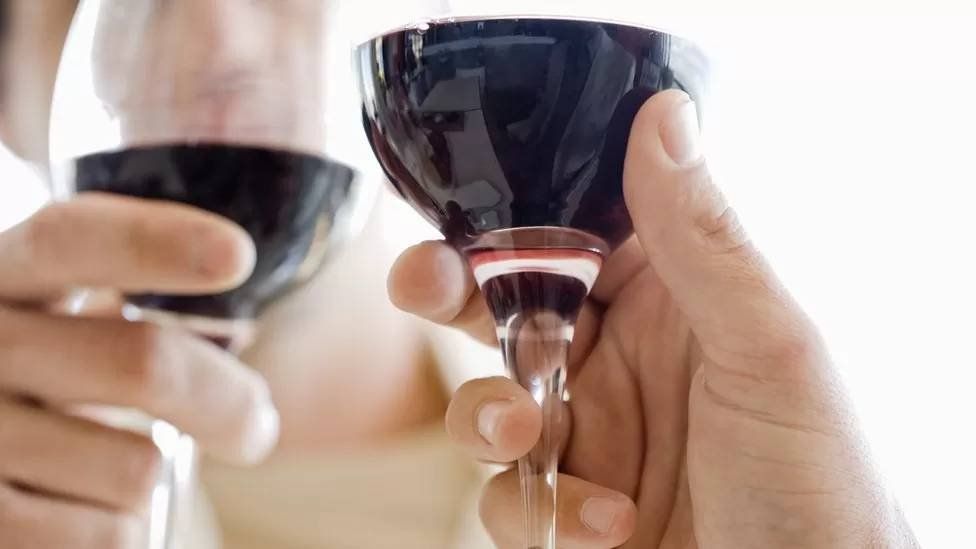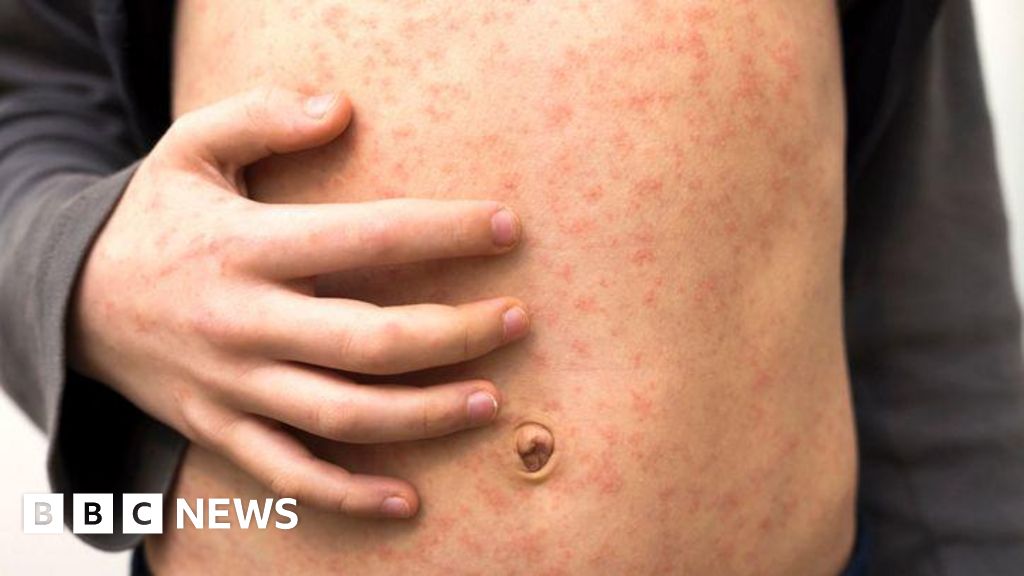ARTICLE AD BOX
 Image source, Thinkstock
Image source, Thinkstock
By Michelle Roberts
Digital health editor
US researchers say they may have discovered why some people get a headache after just one small glass of red wine, even though they are fine drinking other types of alcohol.
The University of California team say it is due to a compound in red grapes that can mess with how the body metabolises alcohol.
The compound is an antioxidant or flavanol called quercetin.
Cabernets from the sunny Napa Valley contain high levels of it, they say.
High-quality grapes
Red grapes make more quercetin when they are exposed to sunshine.
And that meant more expensive red wines, rather than cheap reds, would be worse for headache-prone people, one of the researchers, Prof Andrew Waterhouse, told BBC News.
"The cheap grape varieties are grown on vines with very large canopies and lots of leaves, so they don't get as much sun," he said. "Whereas the high-quality grapes are from smaller crops with fewer leaves.
"The amount of sunshine is carefully managed to improve the quality of the wine."
Others are sceptical though.
Prof Roger Corder, an expert in experimental therapeutics, at Queen Mary University of London, told BBC News anecdotal evidence suggested cheaper wines were worse for headache, so understanding some of the additives used in making lower-end mass-market red wines might be more informative.
Possible culprit
Several theories have been put forward to explain red-wine headaches, which can strike within 30 minutes of drinking even small amounts.
Some have suggested the cause might be sulphites - preservatives to prolong shelf-life and keep wine fresh.
Generally though, the sulphite content is higher in sweet white wines rather than reds.
And while some people can be allergic to sulphites and should avoid them, there is little evidence they are to blame for headaches.
Another possible culprit is histamine - an ingredient more common in red wine than white or rose.
Histamine can dilate blood vessels in the body, which might trigger headache. But again, absolute proof is lacking.
Toxic compound
Experts do know more than one in three people with East Asian heritage are intolerant of any type of alcohol - beer, wine and spirits - and will experience facial flushing, headaches and nausea when they drink.
This is because of a gene affecting how well an alcohol-metabolising enzyme called ALDH2 or aldehyde dehydrogenase works.
Alcohol is broken down in the body in two steps - it is converted into a toxic compound called acetaldehyde, which ALDH2 then changes into harmless acetate, basically vinegar.
If this cannot happen, harmful acetaldehyde builds up, causing the symptoms.
And the researchers say a similar pathway is involved in red-wine headache.
They showed in the lab quercetin could indirectly block the action of ALDH2, through one of its own metabolites.
'Stay tuned'
Quercetin only becomes problematic when mixed with alcohol, according to the researchers, who crowd-funded for their work and have now published the findings in Scientific Reports journal.
Quercetin is also found in many other fruits and vegetables - and is even available as a health supplement because of its beneficial anti-inflammatory properties - and does not appear to cause headaches on its own.
The researchers still need to prove their theory in people and say a simple experiment could be to give volunteers prone to red-wine headaches a quercetin supplement or a dummy pill, along with a standard drink of vodka.
Co-author Prof Morris Levin, an expert in neurology and director of the Headache Center at the University of California, San Francisco, said: "We are finally on the right track toward explaining this millennia-old mystery. The next step is to test it scientifically on people who develop these headaches, so stay tuned."
They hope to start those studies in a few months.
But Prof Corder, who has studied the possible health benefits of wine, suspects other ingredients are worth exploring as headache triggers:
- Pectinases accelerate the release of anthocyanins, which speeds up winemaking by releasing the colour, without the slow maceration processes of traditional winemaking, but are methylhydrolases and a side product of their activity is methanol production
- Dimethyl dicarbonate is used as a preservative for cheaper wines, particularly those being shipped in large containers for bottling in the UK but also breaks down to create methanol
Drinking a lot, quickly, or drinking to get drunk can have serious consequences for short- and long-term health.
- Regularly drinking more than 14 units a week - about six pints of average-strength beer or 10 small glasses of lower-strength wine, the type of alcohol does not matter - can damage the liver and cause other health issues, including strokes and heart disease
- Alcohol causes seven different types of cancer - the risk rises with every drink
- About one in 10 breast-cancer cases is caused by drinking alcohol - about 4,400 a year in the UK
Related Internet Links
The BBC is not responsible for the content of external sites.

 1 year ago
47
1 year ago
47








 English (US) ·
English (US) ·